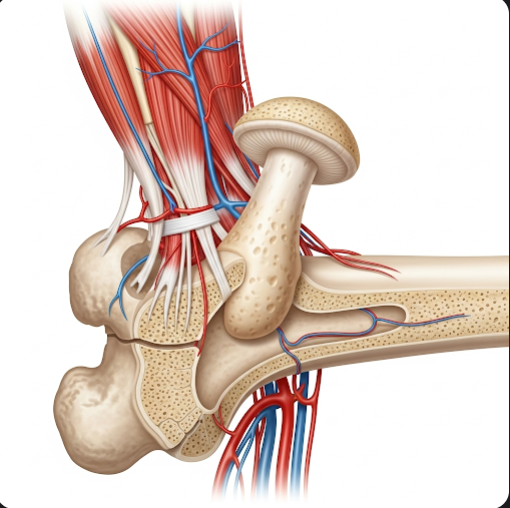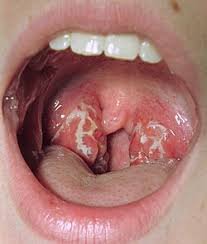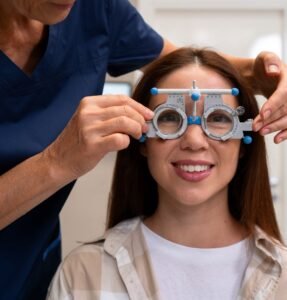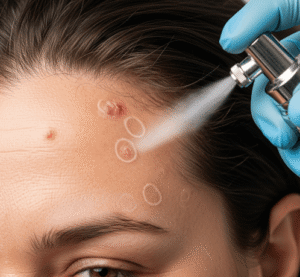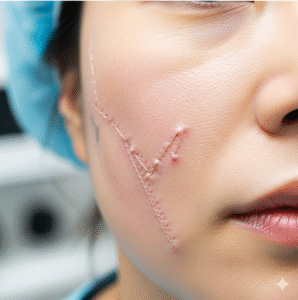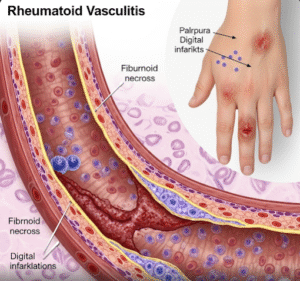Overview
Osteochondroma is the most common benign bone tumor, characterized by an abnormal bony growth covered by cartilage that usually develops near the growth plates of long bones such as the femur, tibia, and humerus. While often painless and discovered incidentally, osteochondromas can sometimes cause discomfort or mechanical issues. In Korea, orthopedic specialists use advanced imaging and surgical techniques to diagnose and manage osteochondromas, ensuring effective treatment and monitoring.
What is Osteochondroma?
Osteochondroma is a benign cartilage-capped bony projection that arises from the surface of a bone near the growth plate. It generally develops during childhood or adolescence while bones are still growing. Most osteochondromas stop growing after skeletal maturity. These tumors are usually solitary but can be multiple in a hereditary condition called hereditary multiple exostoses (HME).
Symptoms
Many osteochondromas are asymptomatic and found incidentally. When symptoms occur, they may include:
- A painless, palpable bony lump near a joint or along a bone
- Pain or discomfort if the tumor compresses nearby muscles, tendons, nerves, or blood vessels
- Restricted joint movement if the tumor is near a joint
- Cosmetic concerns due to visible swelling or deformity
Causes
Osteochondroma develops due to abnormal bone growth at the growth plate. The exact cause is not fully understood but may involve:
- Genetic mutations, especially in hereditary multiple exostoses (HME)
- Abnormal cartilage growth leading to bone projection formation
- Growth plate abnormalities during childhood
Risk Factors
Risk factors include:
- Age (typically develops in children and adolescents)
- Family history of hereditary multiple exostoses (HME)
- Genetic predisposition
Complications
Though benign, osteochondromas can cause complications such as:
- Compression of nearby nerves or blood vessels causing pain or numbness
- Fractures through the stalk of a pedunculated osteochondroma
- Bursitis or inflammation over the tumor
- Rare malignant transformation into chondrosarcoma, especially in HME patients
Prevention
There is no known way to prevent osteochondroma formation, particularly in hereditary cases. Early detection through regular medical check-ups in those with a family history can aid in timely management.
Treatment Options in Korea
Treatment depends on symptoms and tumor size:
- Observation: Asymptomatic osteochondromas are often monitored with periodic imaging.
- Surgical removal: Indicated if the tumor causes pain, functional impairment, nerve or vessel compression, or cosmetic concerns. Surgery involves excision of the bony growth with its cartilage cap.
- Regular follow-up: To monitor for growth, complications, or rare malignant changes, especially in patients with multiple lesions.
Korean orthopedic and cancer centers utilize advanced diagnostic imaging (X-rays, CT, MRI) and minimally invasive surgery techniques to ensure effective treatment with minimal complications.

